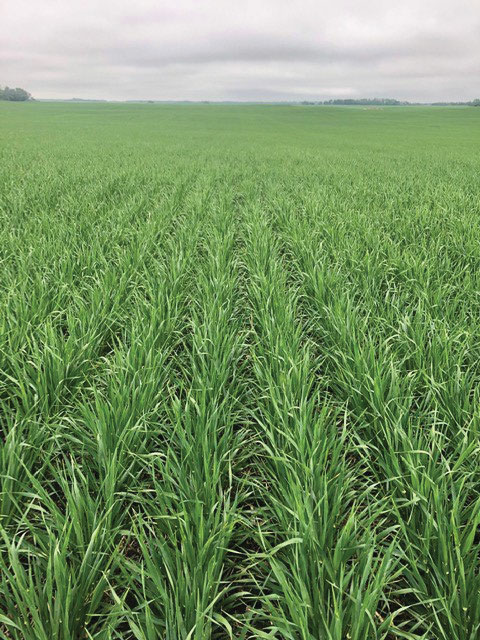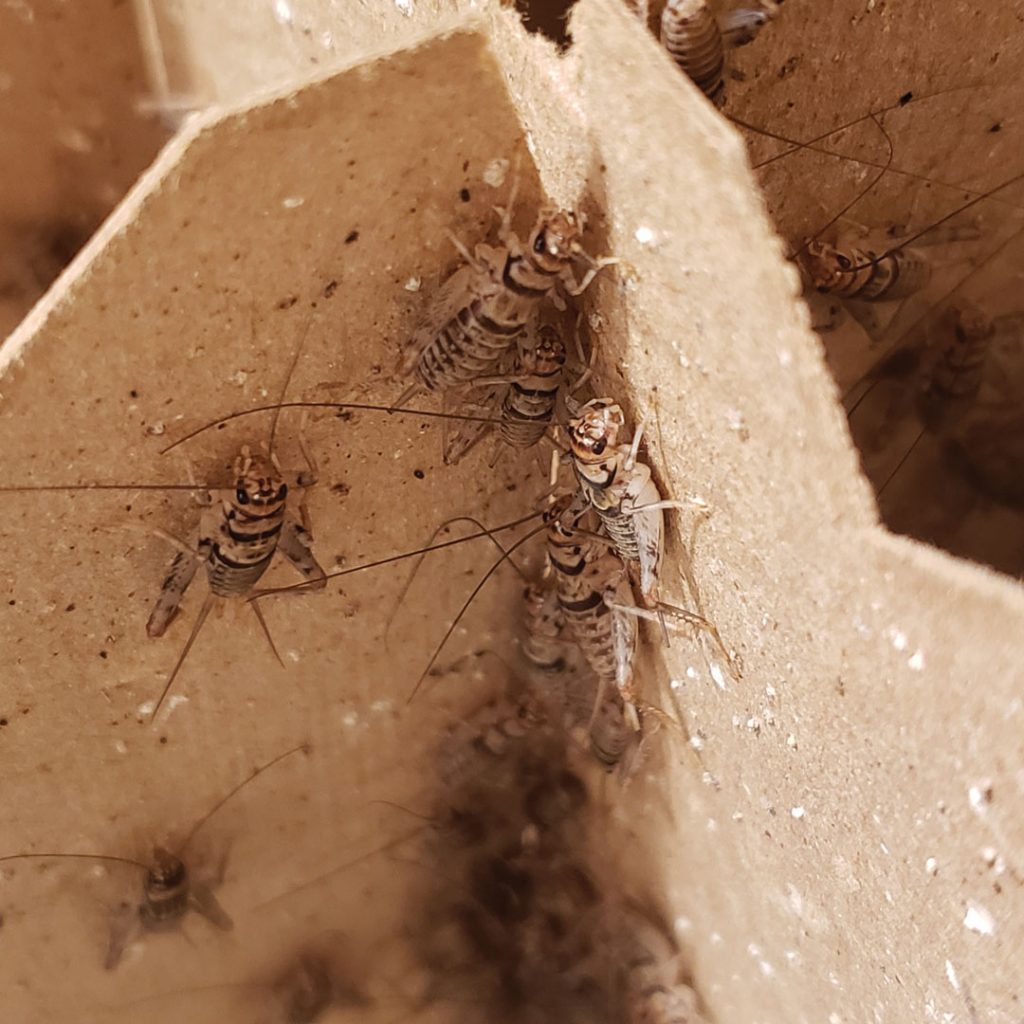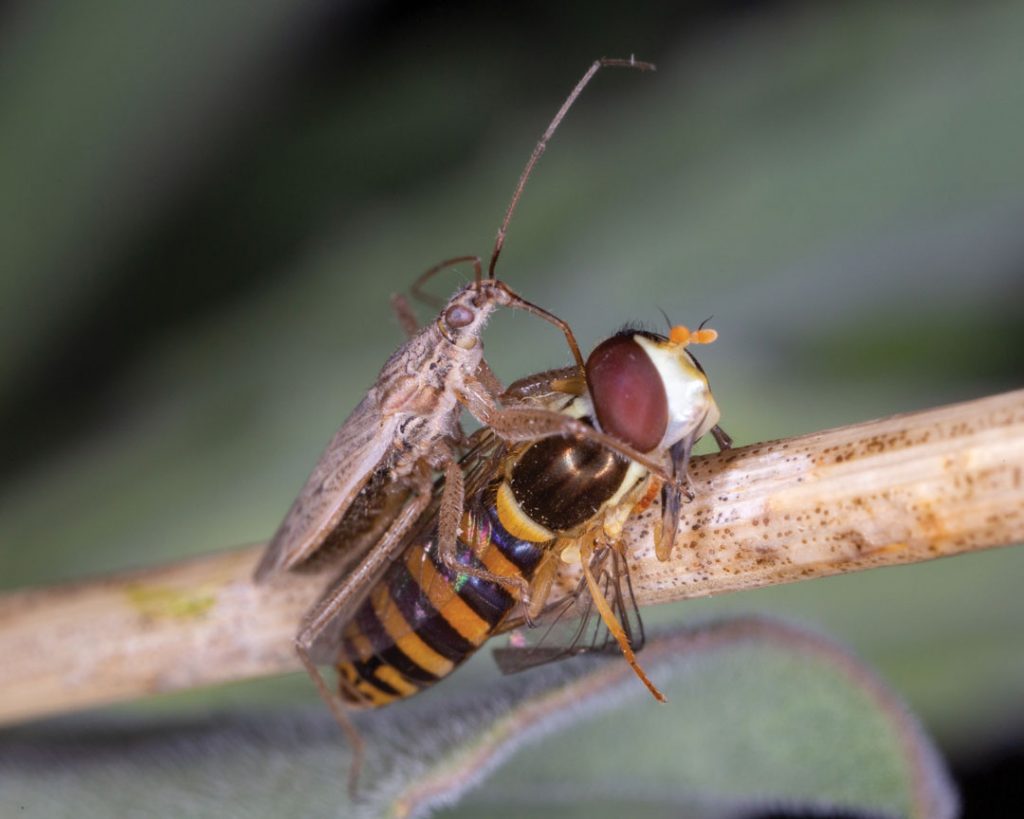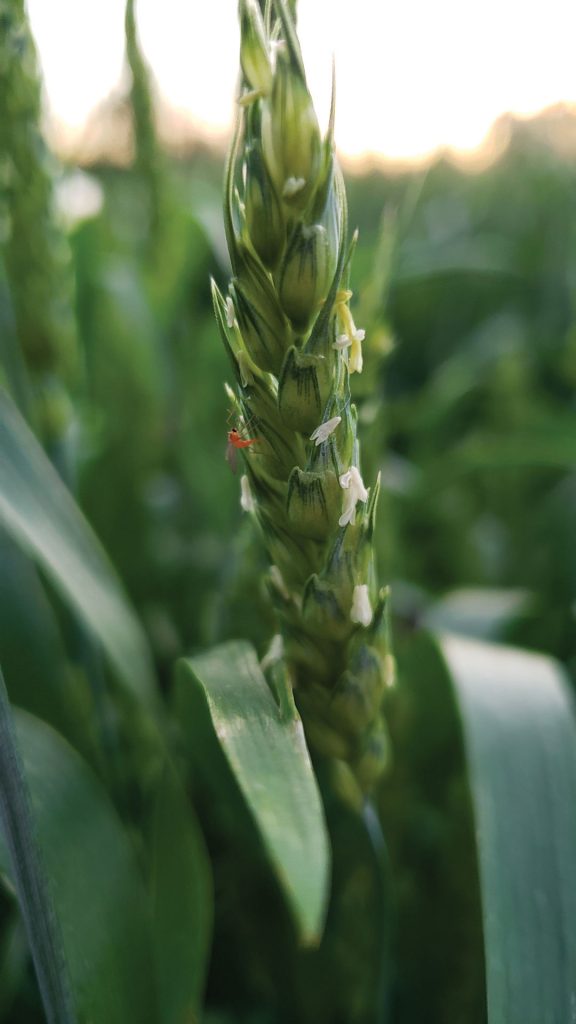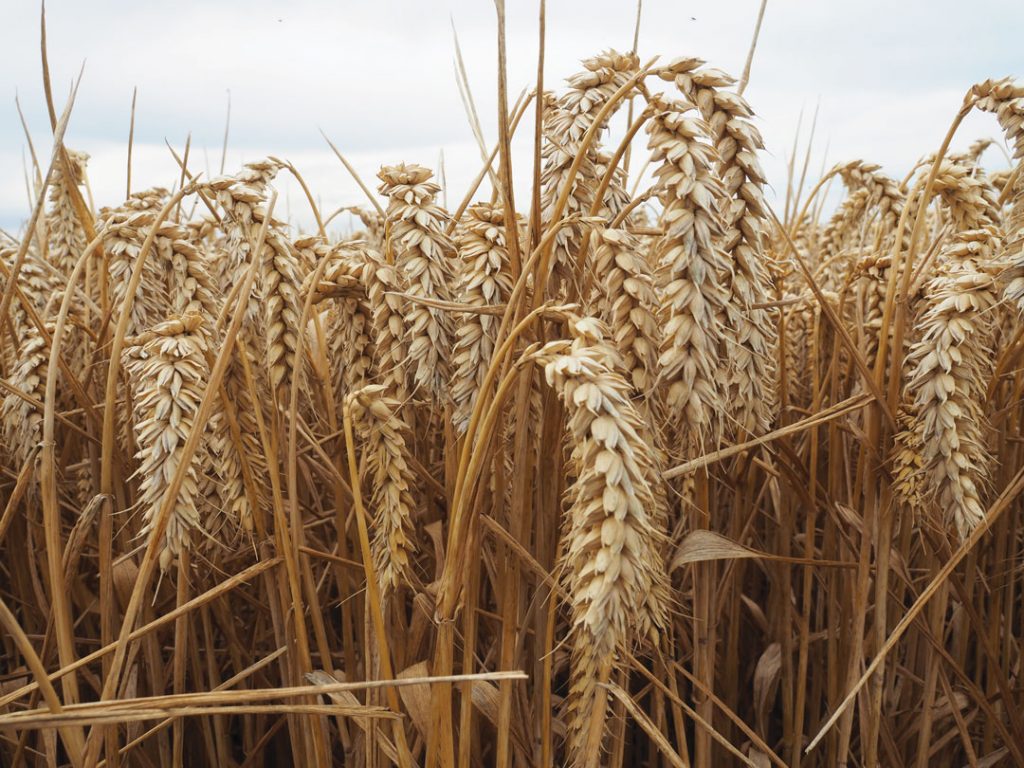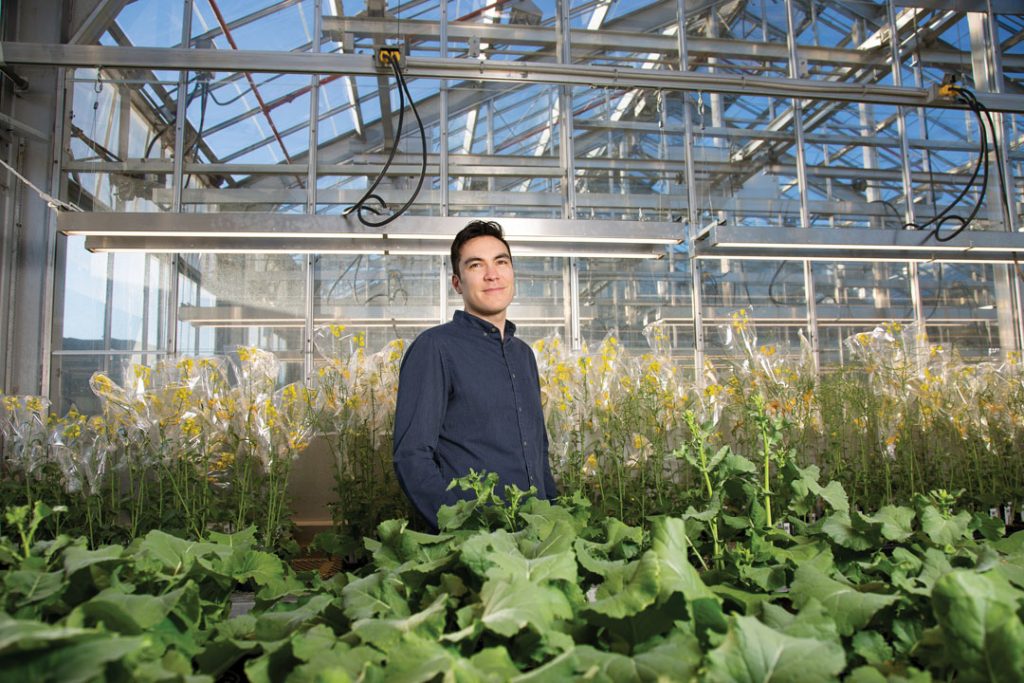There was a time when Canadian Western Hard White Spring (CWHWS) wheat was touted as the next big minor class. Today, though, the class is virtually dead. Despite having lost its shine, Agriculture and Agri-Food Canada (AAFC) wheat breeder Harpinder Randhawa believes CWHWS is poised to make a comeback thanks to a new, higher yielding variety he developed. While AAC Whitehead yields 21 per cent higher than previously established CWHWS varieties, industry experts believe it will take more than yield to revive the class. If the history of CWHWS has taught any lessons, it is that marketing, competition and quality all play a crucial role in determining the success of a wheat class. However, GrainsWest recently spoke with farmers and scientists who are cautiously optimistic about its return.





